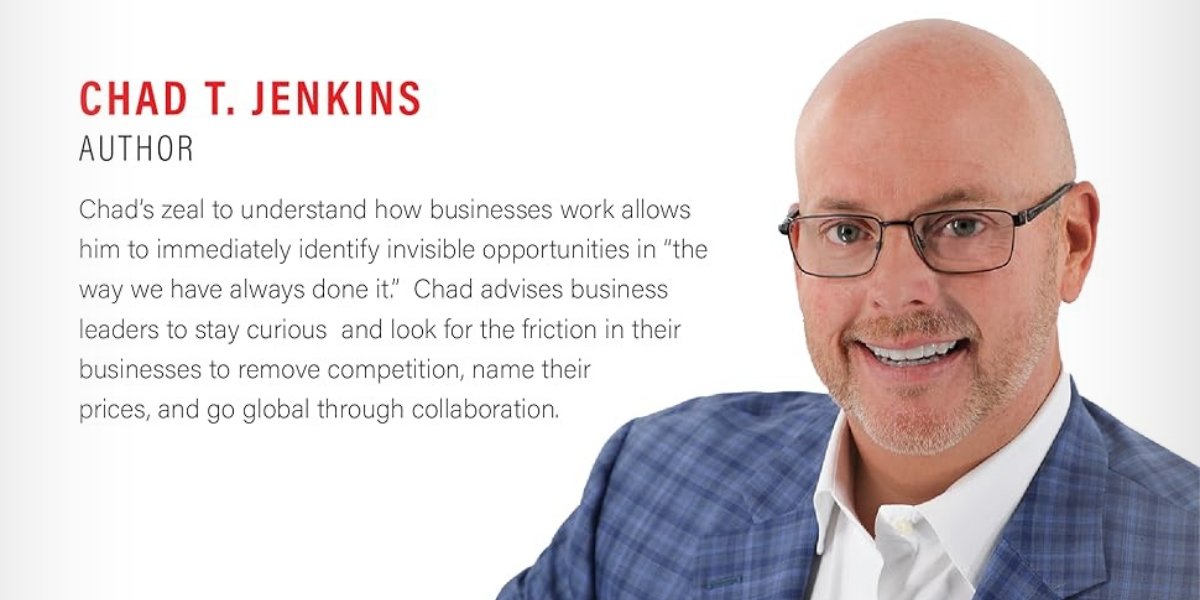By: Hannah Green
“The only constant is change,” said Jamie Schwartzman, founder and Chief Creative Strategist of Flux Branding. “And it’s often a difficult concept for businesses to navigate.” That idea is not just a catchphrase—it defines his agency’s name, process, and philosophy.
On the Grownlearn podcast with Zorina D. Dimitrova, Jamie shared perspectives on how businesses can find clarity in a time of rapid communication shifts, AI-generated content, and information overload. With over 25 years of experience, Jamie doesn’t just design logos—he helps companies explore and articulate who they really are.
The Hidden Cost of Fake Branding
“Brand is not the logo. Brand is not the color palette. Brand is a much deeper construct. It’s about identity.” For Jamie, a brand is not what a company looks like—it’s what it believes.
That’s why he compares brand discovery to a spiritual process. “Trying to pretend to be somebody that we aren’t is exhausting. The amount of effort required to pretend is often too high,” he said. “Eventually, we tend to regress back to who we really are.”
He advises against building brands purely based on external impressions or market research. “We don’t typically create brands. We discover the brand that’s there and find ways to communicate it.”
From Ignition to Activation: A Four-Step Branding Method
To make branding more structured and accessible, especially for executives, Jamie developed the IDEA Method—Ignite, Distill, Energize, Activate.
Ignite is the research and discovery phase. “Help us understand so we can earn the privilege to talk about the brand,” he said.
Distill defines brand strategy. “That’s where we write the brand platform,” including commitments, principles, tone of voice, and customer targets.
Energize brings the brand to life visually. “If I have a visual that reflects the brand strategy and communicates it quickly, that’s ideal—we can cut through the noise.”
Activate implements the brand in real-world touchpoints, from websites to packaging and even truck fleets.
Jamie added, “Think of branding as pre-marketing… It’s all the foundational work that happens before marketing.”
When Rebranding Supports Reputation Recovery
Jamie recalled a major rebrand for one of the largest auto parts companies in the U.S. After accounting irregularities led to an SEC delisting and the CFO going to jail, the company needed a fresh start.
“We renamed the company… restyled everything. Gave them a reason to believe,” he said. “The CEO chose to invest in rebranding. And it took about 10 years.”
The rebrand wasn’t the sole reason for the stock price increase, but it contributed significantly to the turnaround. “The team needed something to rally around,” Jamie remarked.
The Role of Brand in Internal Culture
Jamie emphasized that branding isn’t just for customers—it’s also for employees. He described a recent project for a 100-year-old haircare brand: “We trained the salespeople, the integrated marketing team, the influencers, the product team, and the executive team. Everybody.”
He suggests this internal energy is often crucial. “Spirited organizations tend to be highly effective. When people’s hearts and souls are in the game, and they believe in something, and they’re working together in unity—that’s when organizations often become highly effective and more profitable.”
A Free Tool for Exploring Your Brand Personality
To help companies begin their branding journey, Flux Branding offers a free tool called the Brand Decoder. “You adjust six sliders… and it will generate a brand personality type for you,” Jamie said. Options include dreamer, explorer, protector, or lover.
For larger companies, Jamie also offers a Brand Blueprint session. “I normally charge a thousand bucks for this, but for anybody listening to this podcast, I’ll offer it for free.”
Visit fluxbranding.com to try the tool or request a consultation.
Published by Jeremy S.













